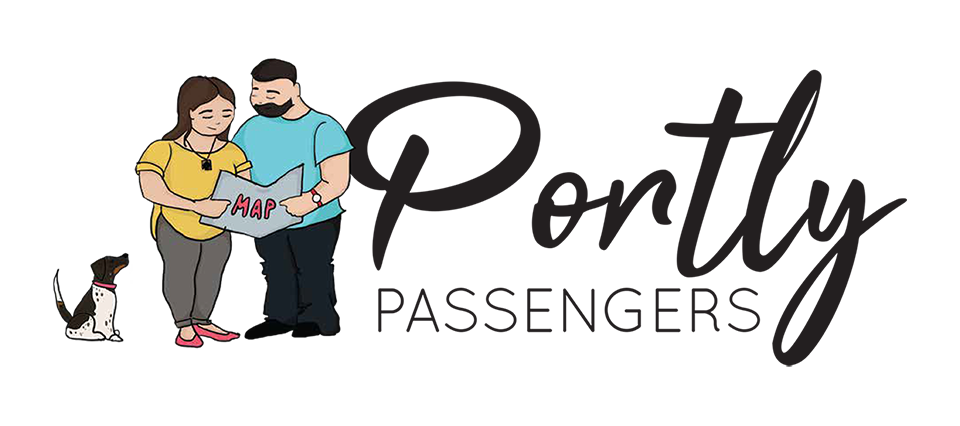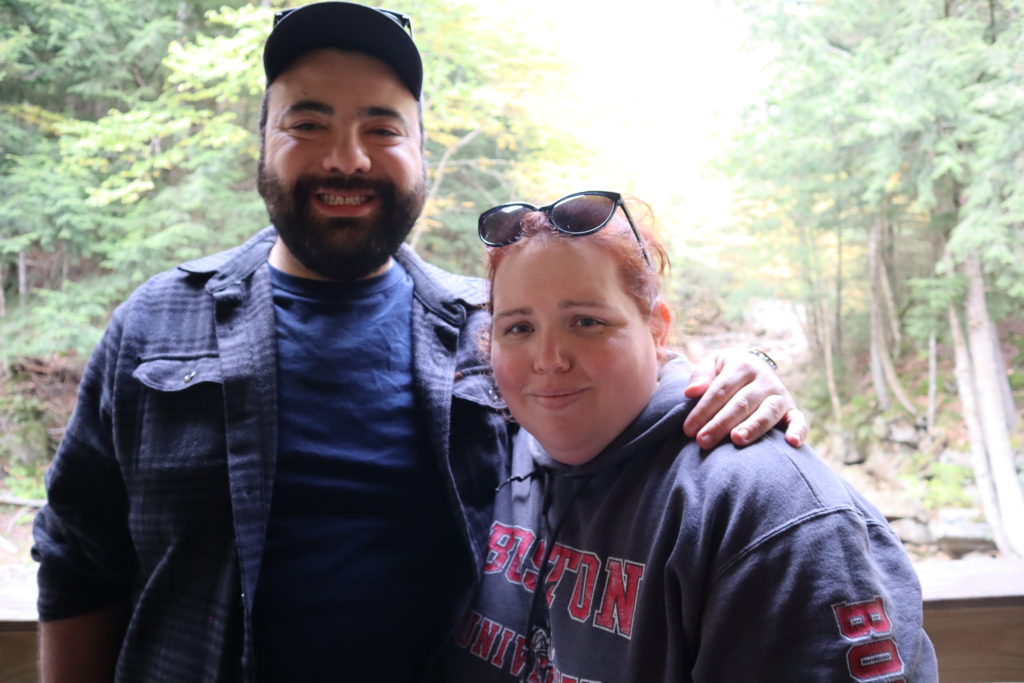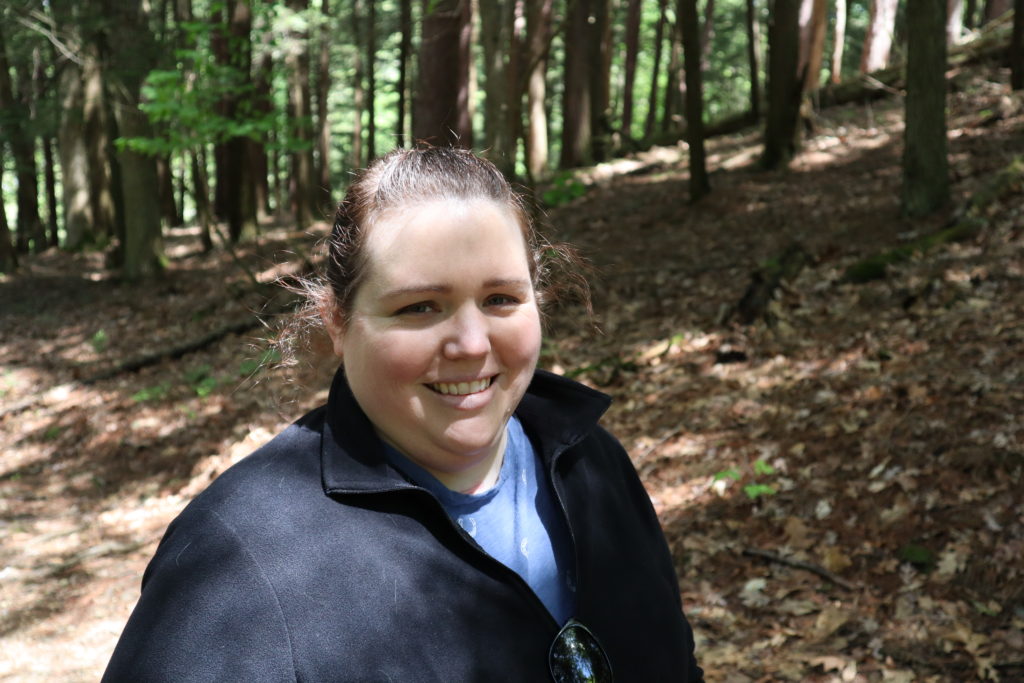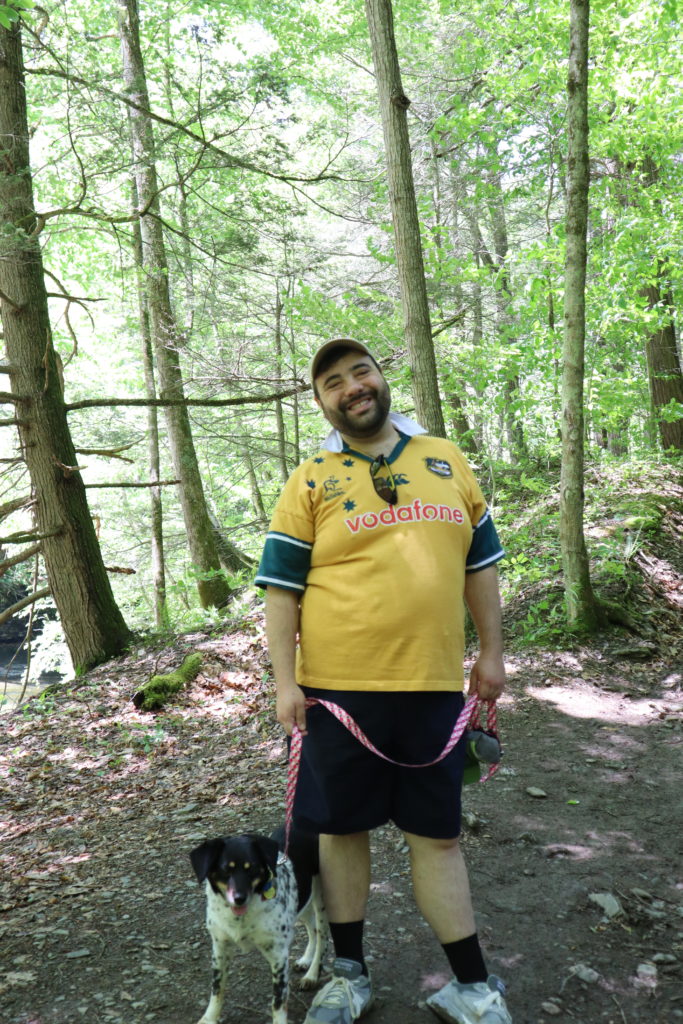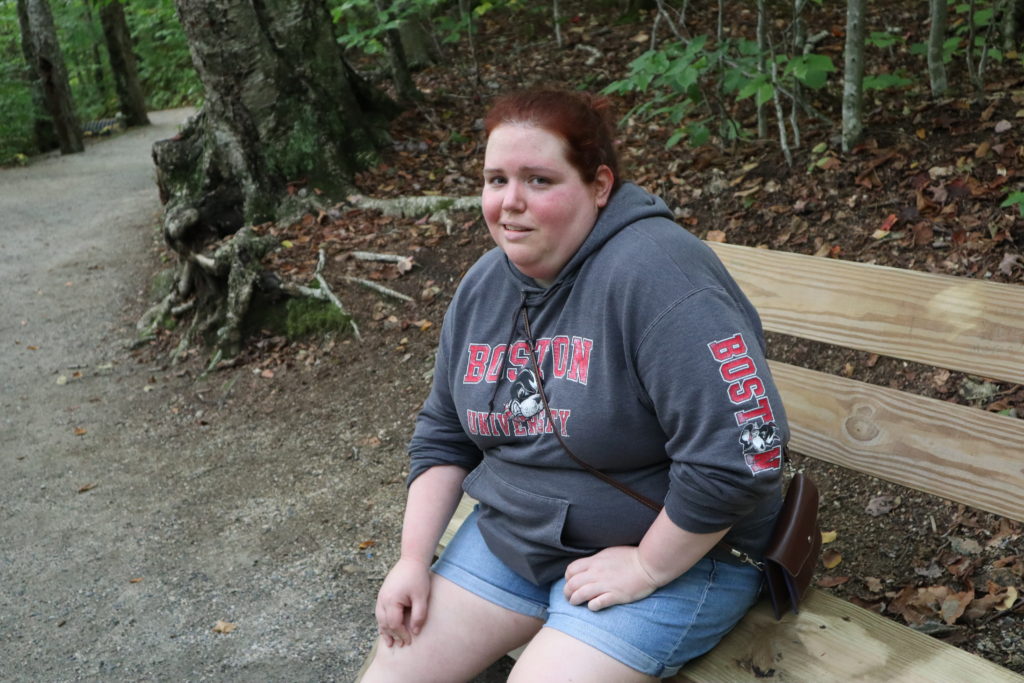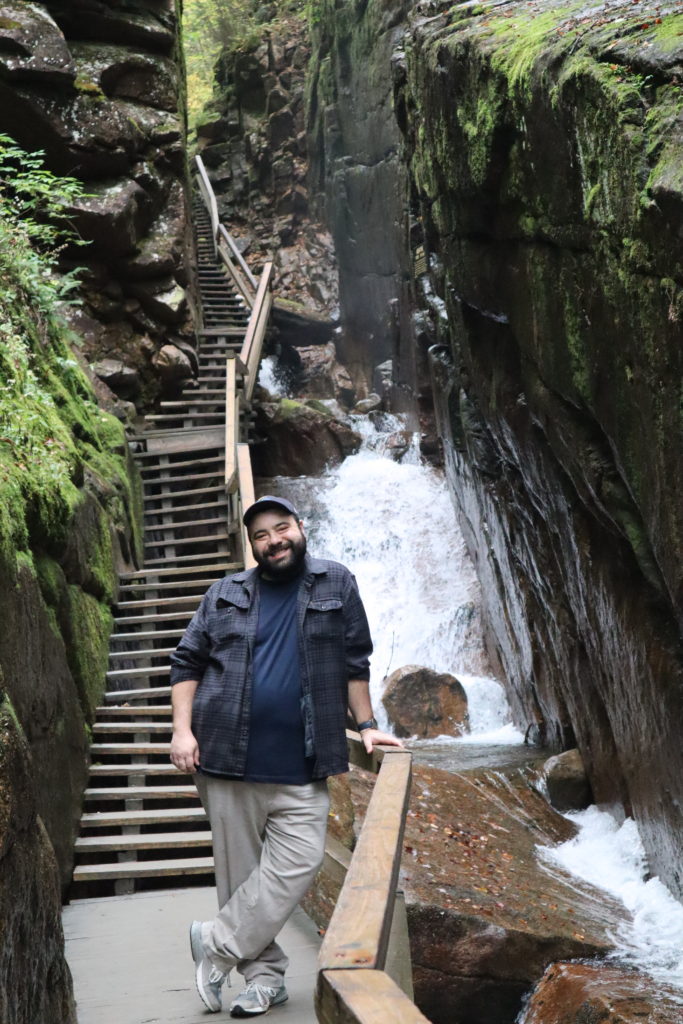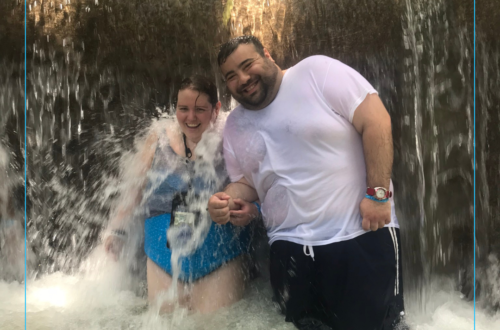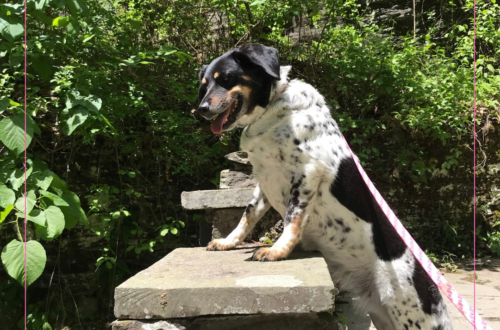Beginner Tips and Tricks for Plus-Size Hikers
We may earn money or products from the companies mentioned in this post.
Hiking as a plus-size individual wasn’t something you saw in the ’90s and early 2000s. But as inclusivity and social media became more and more readily available you can find more and more imagery of plus-size hikers exploring the outdoors.
As new hikers, we have learned some tips and tricks to help you get started with hiking that you can implement today so you can start exploring the greater outdoors.
Where To Start
Getting started might be the hardest part, between the negative stereotypes and onlookers at outdoor stores, you might feel intimidated to even take that first hike.
I get it, the first hike I took I was almost 300lbs and scared of what was going to happen. But by the end of it, I was ready to take on this great adventure sport.
If you are nervous about getting started, consider going to a local park or even walking around your neighborhood. Each walk challenge yourself a little with distance or speed or terrain. This will help you prepare and build your stamina up but most importantly it will definitely help build confidence.
Preparing For Your First Hike
Now that you are ready for your first hike, you want to know how to actually prepare for it right? Here are tips and tricks on how you can prepare for your first hike.
Know Your Limits
I had two knee surgeries in 2021 so when Peter told me he wanted to start hiking I was surprised, overjoyed, and really, really, REALLY frustrated.
As an avid hiker before meeting Peter, I knew my previous limits would have allowed me to get through hikes without needing a break. I wouldn’t have felt winded just getting from the parking lot, but that isn’t what I faced when we went to The Flume Gorge in New Hampshire.
I will admit, I had a complete breakdown in the middle of the forest. Frustrated and grieving all that these knee surgeries had made me lose over the last 10 months. But if you are going to have a mental breakdown, no place like the outdoors to do it in.
Knowing my limits and being able to communicate them to my partner allowed us to enjoy the outdoors in a way that made it easier on both of us.
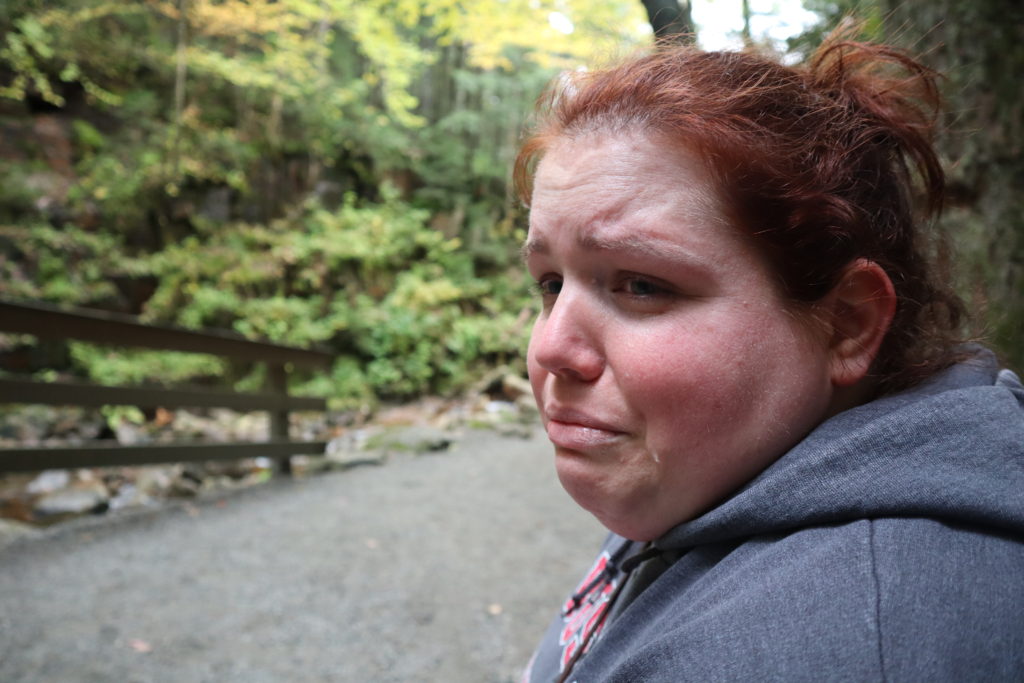
But how do you really know your limits?
This is a question I really struggled with and even still struggle with because my brain wants to go further, but my legs and body really tell a different story.
So I made a deal with myself… no matter how far I go, every step is a win.
This made it so much easier to tell Peter “Hey I need a break” and sat down on every bench I could find in the Flume Gorge.
Some of the physical symptoms that helped me with this included:
- Heavy breathing
- Racing heart
- Shaking
- Burning in my muscles
While not every one of these was present each time I needed a break, I listened to my body so as not to exhaust myself.
Take It Slow
I highly recommend that you start with many of the easier trails or even head to a local track or park to build your resistance and distance.
But when you are out on the hike, allow yourself to rest and always go at your own pace.
I remember on our hike at Robert H. Treman State Park in the Finger Lakes and the frustration of having to go slower than Peter and even Maggie.
But as I went along, chanting encouragement to myself, I found it much safer to take it one step at a time instead of watching Peter gracefully walk over rocks and ditches.
Each pathway presented a new challenge for me, one that might not have been difficult for Peter, but if I took one wrong step, all the work I had done in physical therapy would have been ruined.
So definitely take your time, the goal is to finish, not be the fastest.
Pack Water & Snacks
Learn from me, bring water!
Whether it is a backpack or water bottle, make sure you have some form of hydration option while on your hike.
Trust me, as we reached the summit of the Robert H. Treman Gorge trail we really regretted not preparing or bringing water. Thankfully the visitors center had vending machines, but not every place you hike will have this option.
As for snacks, this is up to you. We don’t always bring snacks with us, but when we do it is something that is lite and easy to carry.
Some of our favorite snacks:
- Granola bars or Kind bars
- Berries (strawberry and black berry are our favorites)
- Mixed nuts
- String cheese (this is Peter & Maggie’s favorite)
Pay Attention To Your Footwear
Your feet are the body parts that carry you in and out of the trail. Having the proper footwear helps minimize the discomfort that climbing on rocks and tree roots can cause.
While you don’t need hiking boots, having a good pair of trail runner sneakers can really make a huge difference.
I personally love
I even love walking Maggie in these sneakers because they provide me arch and ankle support as well as come in wide widths!
Dress Accordingly
Each hike is going to be different!
We have hiked up waterfalls and through forests during the winter. Finding clothing that is comfortable and breathable allows for your to enjoy your hikes instead of suffering.
The best way to dress accordingly is to factor in temperatures, type of hike, distance, climate.
Dealing With Dreaded Chub Rub
Chub rub is very real for both men and women and dreaded by all of us with thunder thighs.
One of the biggest solutions we have used to combat chub rub while hiking is really dressing for the climate. While this isn’t always easy some other solutions we use include hand lotion, baby powder, and even deodorant.
Conclusion
Being plus-size does not mean you aren’t capable to enjoy the outdoors and sport of hiking. However, it can be challenging to get started. Whether it is stereotypes or lack of knowledge, the fear of hiking as a plus-size individual is very real. But if you prepare yourself correctly you can make for enjoyable activities no matter the time of year or place on earth.


